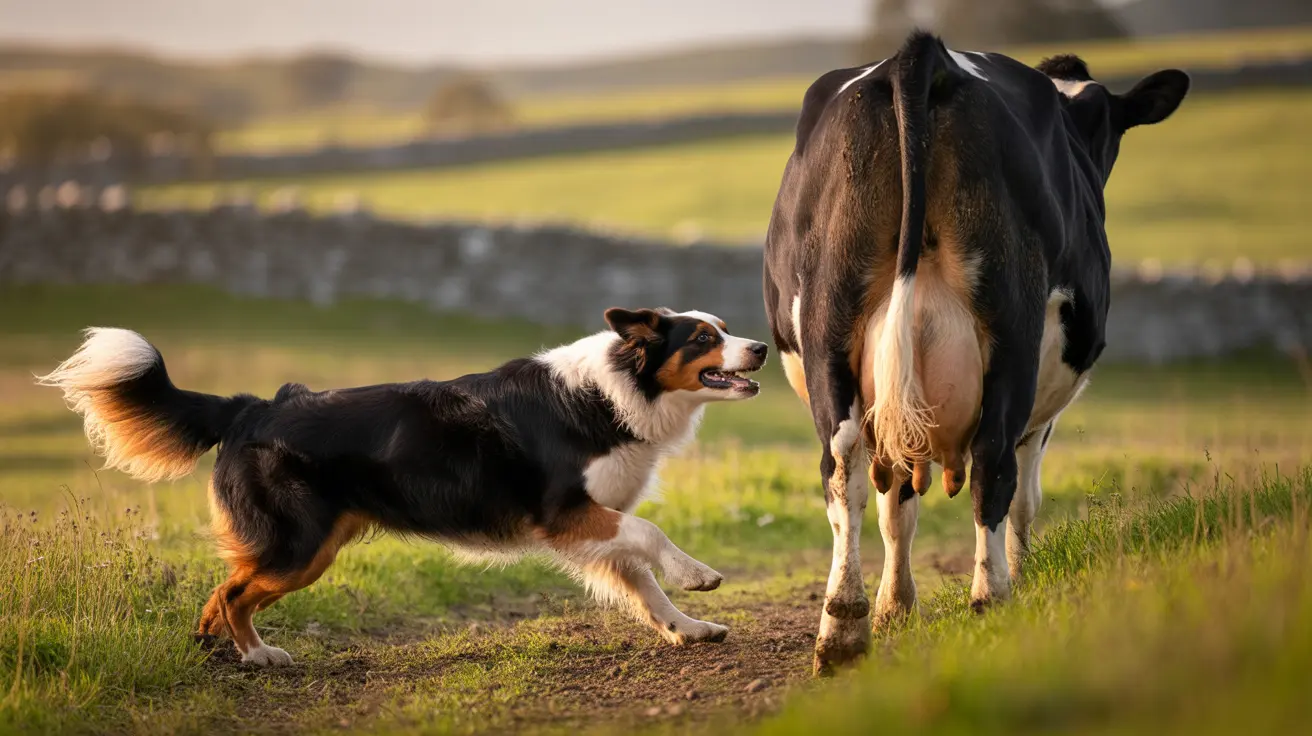The Historical Origins of Welsh Corgis
Corgis emerged in Wales during the early medieval period, with some historical records suggesting their presence as far back as the 9th century. The name "Corgi" itself comes from Welsh words meaning "dwarf dog," reflecting their characteristic short stature. Cardigan Welsh Corgis, the older of the two breeds, trace their ancestry to the Teckel family of dogs, while Pembroke Welsh Corgis have connections to Spitz-type breeds brought by Flemish weavers.
Primary Working Role: Expert Cattle Herders
The primary purpose for which Corgis were bred was cattle herding. Their distinctive physical features were specifically developed to excel at this task. Their low-set bodies and short legs allowed them to duck beneath cattle's kicking legs while herding, while their strong builds provided the stamina needed for long days of work.
These intelligent dogs used a unique herding technique called "heeling," where they would nip at the heels of cattle to move them. Their short stature was actually an advantage, as it helped them avoid being kicked while performing this maneuver.
Secondary Roles and Responsibilities
Beyond their primary herding duties, Corgis were bred to be versatile farm dogs. They served as efficient guard dogs, alerting farmers to potential intruders or predators. Their sharp intelligence and keen sense of awareness made them excellent watchdogs for both livestock and property.
Additionally, these hardy dogs were skilled at controlling vermin populations on farms, helping to protect grain stores and other resources from rats and mice. This multi-purpose utility made them invaluable assets to Welsh farmers.
Modern Impact of Working Heritage
The working heritage of Corgis continues to influence their behavior and needs as modern pets. Their high energy levels, intelligence, and strong herding instincts remain prominent characteristics. These traits can manifest in various ways, from attempting to herd children and other pets to displaying strong problem-solving abilities during training.
Today's Corgi owners need to understand and accommodate these inherent traits through proper exercise, mental stimulation, and training to ensure their pets remain happy and well-adjusted.
Frequently Asked Questions
What were Corgis originally bred for in Wales?
Corgis were originally bred as herding dogs in Wales, specifically to help farmers manage cattle and sheep. Their primary role was to drive livestock by nipping at their heels and maintaining control over the herd.
How did the Pembroke and Cardigan Welsh Corgis differ in their traditional herding roles?
While both breeds were herding dogs, Cardigan Welsh Corgis were often used as drovers, moving cattle over long distances, while Pembroke Welsh Corgis typically worked closer to home as general-purpose herders and farm dogs.
Why do Corgis have short legs and how did this help them herd livestock?
Corgis' short legs were advantageous for herding because they could easily duck under cattle's kicks while nipping at their heels. This low-set body type also helped them maintain stability while working on rough terrain.
What other jobs besides herding were Corgis bred to perform on farms?
Beyond herding, Corgis were bred to be versatile farm dogs, serving as watchdogs, guard dogs, and vermin controllers. They protected both livestock and property while helping to keep the farm free of pests.
How have the working origins of Corgis influenced their behavior as pets today?
The working heritage of Corgis is reflected in their high energy levels, intelligence, and herding instincts. Modern Corgis often display these traits through behaviors like attempting to herd family members or requiring significant physical and mental stimulation to stay content.






